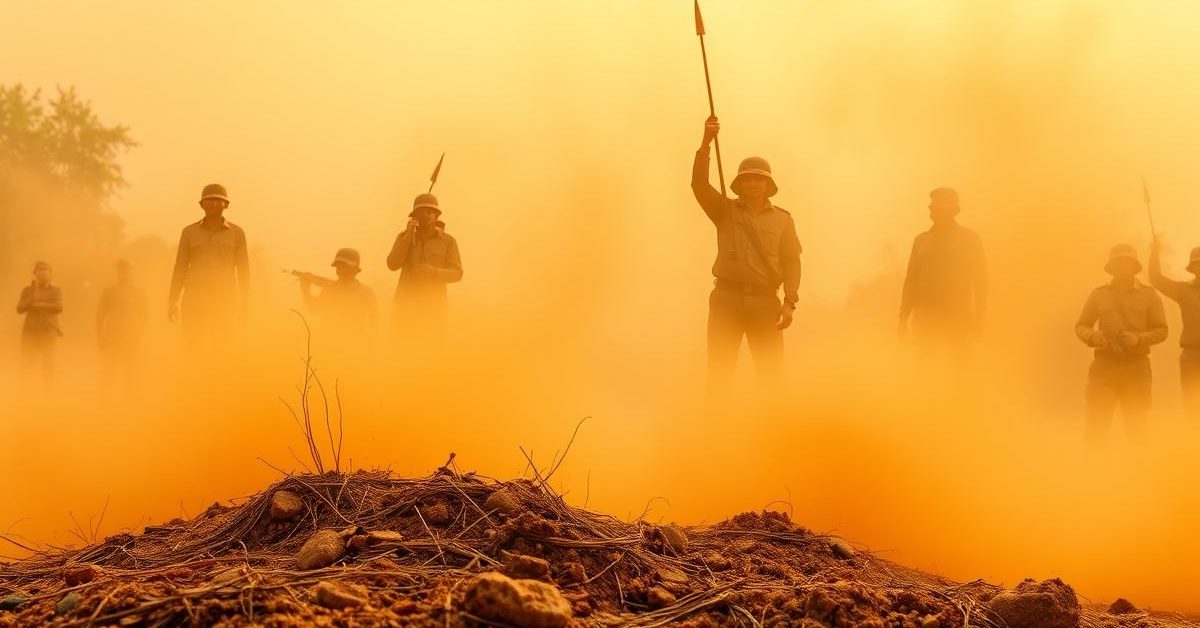India navigates significant policy shifts, from a controversial nationwide electoral roll revision and proposed GST reforms targeting the inverted duty structure, to a renewed debate over Martyrs’ Day in Jammu & Kashmir and a strategic re-evaluation of Iran’s reliance on proxy warfare.
Nationwide Electoral Roll Revision Faces Opposition Scrutiny
The Election Commission of India (EC) has directed Chief Electoral Officers across all states to prepare for a “Special Intensive Revision” (SIR) of electoral rolls, similar to an exercise recently conducted in Bihar. This move comes even as a petition challenging the Bihar SIR is still being heard by the Supreme Court.
Opposition parties, including the Congress, TMC, and Left, have voiced strong concerns, questioning the “hurry” and lack of consultation with political parties before initiating a nationwide revision. They argue that the EC should await the Supreme Court’s verdict on the ongoing matter.
The Supreme Court, while not restraining the EC from proceeding, suggested considering Aadhaar, voter ID, and ration cards for updating rolls and will revisit the matter later in July.
GST Reforms: Tackling the Inverted Duty Structure
Union Home Minister Amit Shah is set to engage stakeholders, including states and Central ministries, to build consensus on overhauling the Goods and Services Tax (GST) regime. A key proposal under consideration is simplifying the existing multi-rate structure by potentially removing the 12% slab, which could entail significant revenue implications.
A major focus of these reforms is correcting the “inverted duty structure” within GST. This occurs when the tax rate on raw materials or inputs is higher than the tax rate on the finished product, leading to accumulated input tax credit and complexities for businesses.
GST, introduced in 2017, currently operates with multiple rates (0%, 5%, 12%, 18%, 28%) plus cesses. Attempts to streamline these rates have previously faced resistance from states due to potential revenue losses. The Home Minister’s involvement signals a high-level push for these long-pending economic reforms.
Iran’s Strategic Reliance on Proxy Warfare and Missiles
Recent events have highlighted a long-standing asymmetry in Iran’s military strategy: a robust missile and drone arsenal coupled with a comparatively weak air force. This doctrine, shaped largely by the Islamic Revolutionary Guard Corps (IRGC) since the 1990s, favors asymmetric tools over conventional air power.
Iran has become a leading practitioner of hybrid and grey-zone warfare, leveraging proxy militias from Lebanon to Yemen, Syria, and Gaza. While its missile and drone capabilities have advanced, its air force relies on pre-1979 US-made aircraft, leaving it vulnerable to adversaries with integrated deterrence capabilities.
Analysts suggest that Iran’s strategic choice to prioritize proxies and missiles may have reached its limits. To truly become a strategic actor rather than just a regional disruptor, Iran might need to reinvest in conventional forces, particularly air power, to match its ideological ambitions with military capability.
Martyrs’ Day Controversy Flares in Jammu & Kashmir
Jammu and Kashmir is witnessing renewed political tension over ‘Martyrs’ Day’, observed annually on July 13. This official holiday, commemorating 22 people killed by the Dogra regime in 1931, was scrapped after the abrogation of Article 370 in 2019.
With an elected government now in power for the first time since 2019, mainstream political parties sought to visit the ‘Martyrs’ Cemetery’ in Srinagar to pay tributes. However, the J&K Police placed several leaders under house detention to prevent this.
Historically, July 13 was a unifying occasion, observed by both separatists and mainstream parties. The protests of July 13, 1931, are seen as a pivotal moment marking the assertion of Muslim identity and the beginning of the struggle for freedom in the region.
- The Election Commission’s nationwide electoral roll revision faces opposition over its timing, amidst a pending Supreme Court case concerning a similar exercise in Bihar.
- India is pushing for GST reforms, including rate rationalisation and correction of the “inverted duty structure,” with the Home Minister’s direct involvement.
- Iran’s military strategy heavily relies on proxies and missile capabilities, a doctrine that analysts suggest may need re-evaluation in current geopolitical scenarios.
- The traditional Martyrs’ Day commemoration in Jammu & Kashmir has become a contentious issue post-Article 370 abrogation, leading to house detentions of political leaders.
These developments underscore India’s dynamic political and economic landscape, alongside its complex regional and international engagements.















